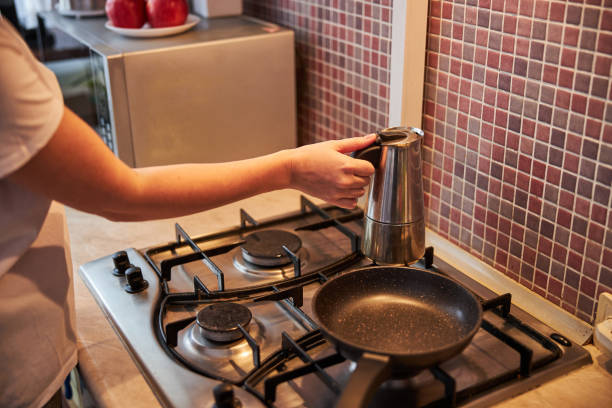
Induction hobs have revolutionized cooking with their rapid heating, precise temperature control, and energy efficiency. However, like any electrical appliance, induction hobs can pose safety risks if not properly managed. One critical safety concern is overheating, which can lead to damage to the hob, cookware, and even pose a fire hazard. To mitigate this risk, induction hobs are equipped with sophisticated safety systems designed to prevent overheating malfunctions. In this article, we’ll explore the importance of these safety systems, how they work, and their effectiveness in ensuring the safe operation of induction hobs.